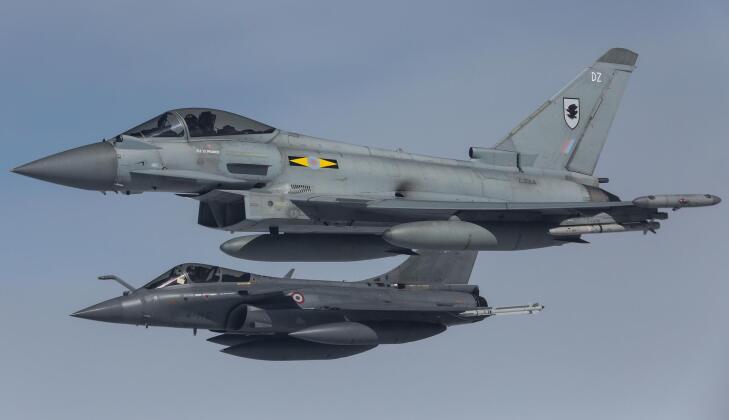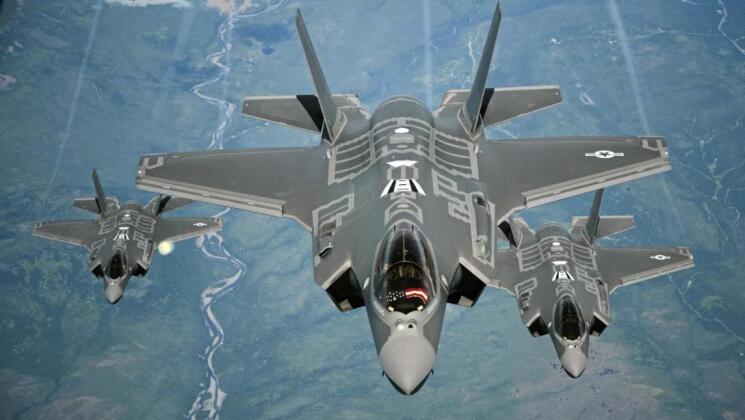News
Dassault Chief Highlights European Sixth Generation Fighter Could Come 25 Years Behind U.S. and China

Elaborating on the state of the Future Combat Air System (FCAS) sixth generation fighter program, CEO of French aerospace firm Dassault Eric Trappier gave strong indications that the aircraft would be several decades behind its leading edge foreign competitors in entering service. The fighter program currently being developed jointly by France, Germany, and Spain, and bringing multiple manufacturers under the leadership of Dassault and Airbus, is expected to replace the fourth generation Eurofighter and Rafale in the fleets of partner countries and be marketed for export. “[The target of] 2040 is already missed, because we already stall, and the discussions of the next phase will surely also be long,” he said, “so we rather aim for the 2050s.” While the ability of the relatively limited defence sectors of Europe to produce a fifth or sixth generation fighter independently had long been in question, the FCAS program had faced problems almost as soon as it was announced stemming from disagreements among the participating countries. In 2021 it was reported that work share and project management concerns could derail launch of the program’s next phase entirely.
European powers have not initiated any fifth generation fighter programs, with only the Chinese J-20 and FC-31, the American F-35 and the Russian Su-57 from that generation currently being in production. Moving directly from fourth to sixth generation fighters without support from a country with experience in the fifth generation such as the United States was considered a highly tenuous proposition particularly considering the conservative nature of European fourth generation designs all of which are relatively light and short ranged, use relatively weak engines, and in the case of the Eurofighter was one of the very last in the world to adopt electronically scanned array radars. Amid declining competitiveness in the European combat aviation industry, countries have increasingly looked to acquire American fighters with the Eurofighter and Rafale consistently losing tenders across the continent to the American F-35. Germany in April moved towards purchasing the F-35 despite considerable pressure domestically to divert orders to the Eurofighter, which has performed poorly on export markets.

China and the United States are both expected to field sixth generation fighters by 2030, with growing concerns in Washington that the Chinese program could pull ahead. The Russian Air Force received its first fifth generation fighter in 2020, with extensive investments made in integrating sixth generation technologies onto the airframe while developing supporting assets such as ‘wingman’ drones. While China and the U.S. are seen to be far ahead of competitors in development, as the world’s two largest economies and defence sectors, the first European sixth generation fighter will likely enter service between 20 and 25 years behind them – by which time both will likely have their next generation of aircraft well under development. It remains to be seen whether France will continue to rely on the Rafale until then, which by 2030 is expected to be very much obsolete, or whether it could either consider an independent fifth or sixth generation program perhaps with American support or even consider F-35 purchases. Outside France, delays to the FCAS program will only increase the appeal of the F-35 to European clients. Should the U.S. offer its competing sixth generation jet developed under the Next Generation Air Dominance fighter program for export, delays to the FCAS could also allow it to gain much greater penetration into European markets.












